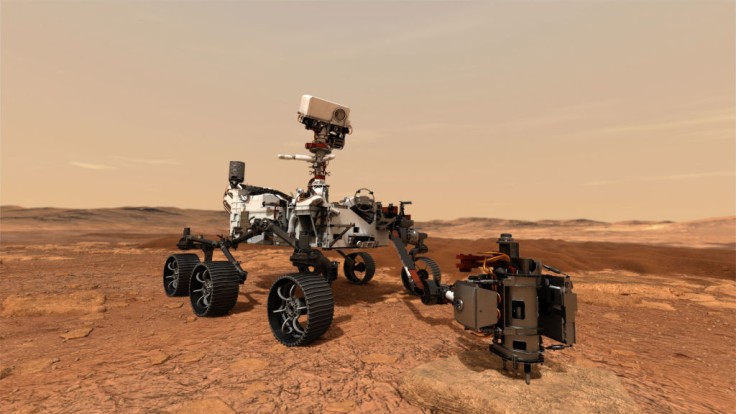In an April 29 statement, NASA has asked for public feedback on the scope of a Draft Environmental Impact Statement for its proposed Mars Sample Return (MSR) mission.

NASA Wants Your Input on One of Its Projects
To put it another way, NASA is seeking public input on an environmental assessment for its Mars sample return effort.
"The public meetings will include briefings about the status of the National Environmental Policy Act process for the proposed program, as well as its purpose and scientific goals. Meetings will also cover why the Utah Test and Training Range operated by the U.S. Air Force is the proposed landing site for the samples, and what planners are doing to ensure safe and secure return of the samples - a topic known as backward planetary protection," NASA statement read.
According to Space.com, the project, a collaboration with the European Space Agency (ESA), aims to bring materials collected by the Perseverance Mars rover to Earth as early as 2033. Once they arrive, scientists will examine them in laboratories throughout the world for indications of Mars life and information about the Red Planet's evolutionary history.
NASA said it "will consider all comments received during the scoping process in the subsequent development of the MSR Draft Environmental Impact Statement," which will also be released for public comment in 2022 if the schedule holds.
Comments must be sent by May 16th, either online or by mail. In addition, the agency intends to organize two virtual public meetings. The sessions will take place at 3 p.m. EDT on Wednesday, May 4, and 8 p.m. on Thursday, May 5.
What Exactly Is NASA's Mars Sample Return Effort?
Space.com reported that the appeal for public input follows the announcement a few weeks ago of some changes to the sample return program.
Due to the mission's mass requirements, NASA assessed in March that developing a second lander would be preferable. The "fetch rover" from ESA will be carried by the second lander, while "the first one will tote the NASA-developed Mars ascent vehicle (MAV)."
The fetch rover's objective is to retrieve Perseverance's stored samples, which the rover is gathering on the bottom of Mars' Jezero Crater, and then place them in the MAV. The samples will be launched by the MAV into Mars orbit, where they will be captured by an ESA-provided Earth-return orbiter and returned to Earth.
The projected launch date has been pushed back two years to 2028, with the samples' arrival on Earth being pushed back to 2033 from 2031.
More Plans To Investigate the Red Planet Later This Decade
As previously reported, citing Space Flight Now, the Perseverance rover, which weighs one ton and is fueled by plutonium, is on the first leg of the multi-launch Mars Sample Return program, which intends to collect samples for return to Earth.
"NASA and the European Space Agency intend to send a series of spacecraft to Mars later this decade to collect Perseverance's samples, launch them off the Red Planet and into space, and then return the specimens to Earth for study in 'sophisticated' terrestrial labs," the report read.
Related Article : 10 Things to Know About NASA's Perseverance Rover









